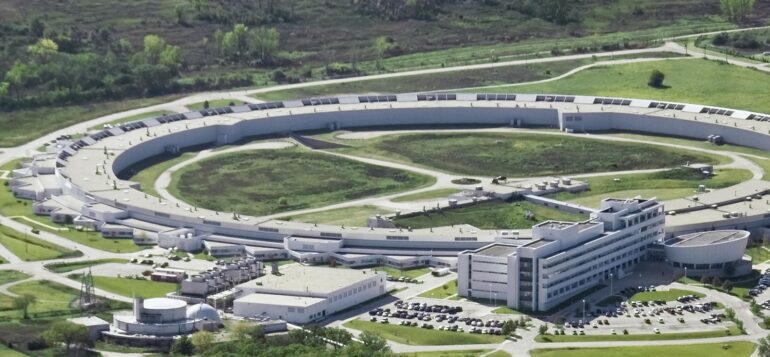Modern pyroprocessing techniques promise to provide domestically sourced nuclear fuel at an affordable cost for next-generation reactors while drastically reducing the volume and toxicity of the remaining waste.
Around 5% of uranium in a light water reactor fuel rod is used to produce energy before the rods are removed from the reactor and placed into permanent storage, leaving the spent nuclear waste (SNF) to continue to decay at a relatively high toxicity rate for hundreds of thousands of years.
Work on recycling SNF—just under a third of the close to 400,000 tons produced globally has been reprocessed—has seen mixed results, producing potentially dangerous weapons-grade materials and at a cost that is significantly higher than mining more uranium.
Current worldwide reprocessing capacity is around just under 2,000 tons a year via plants in France, Britain, India and Russia.
Following the Russian invasion of Ukraine, securing a domestic fuel supply for U.S. nuclear reactors has become a priority and one line of research appears especially promising for next generation nuclear reactors currently in development.
Scientists at the U.S. Argonne National Laboratory began working on recycling fast reactor fuel in the early-sixties during the development of the Experimental Breeder Reactor-II (EBR-II) and later during the Integral Fast Reactor (IFR) program.
Argonne has extended work that began with the EBR-II, a fast neutron reactor, to develop pyrochemical processes for the recycling of oxide, carbide, and other advanced fuels.
The IFR, a liquid metal-cooled fast reactor, was later designed to produce energy and consume waste and while working on it researchers adopted a pyroprocess whereby an electrochemical reaction is used to separate the desired actinides from the undesired fission products for recycling into new fuel.
“Right now, our focus is moving pyroprocessing to a ready-to-deploy state,” says Argonne’s Pyroprocess Engineering section manager Krista Hawthorne.
Pyroprocessing and electrorefining
Pyroprocessing takes the hard ceramic oxide pellets
